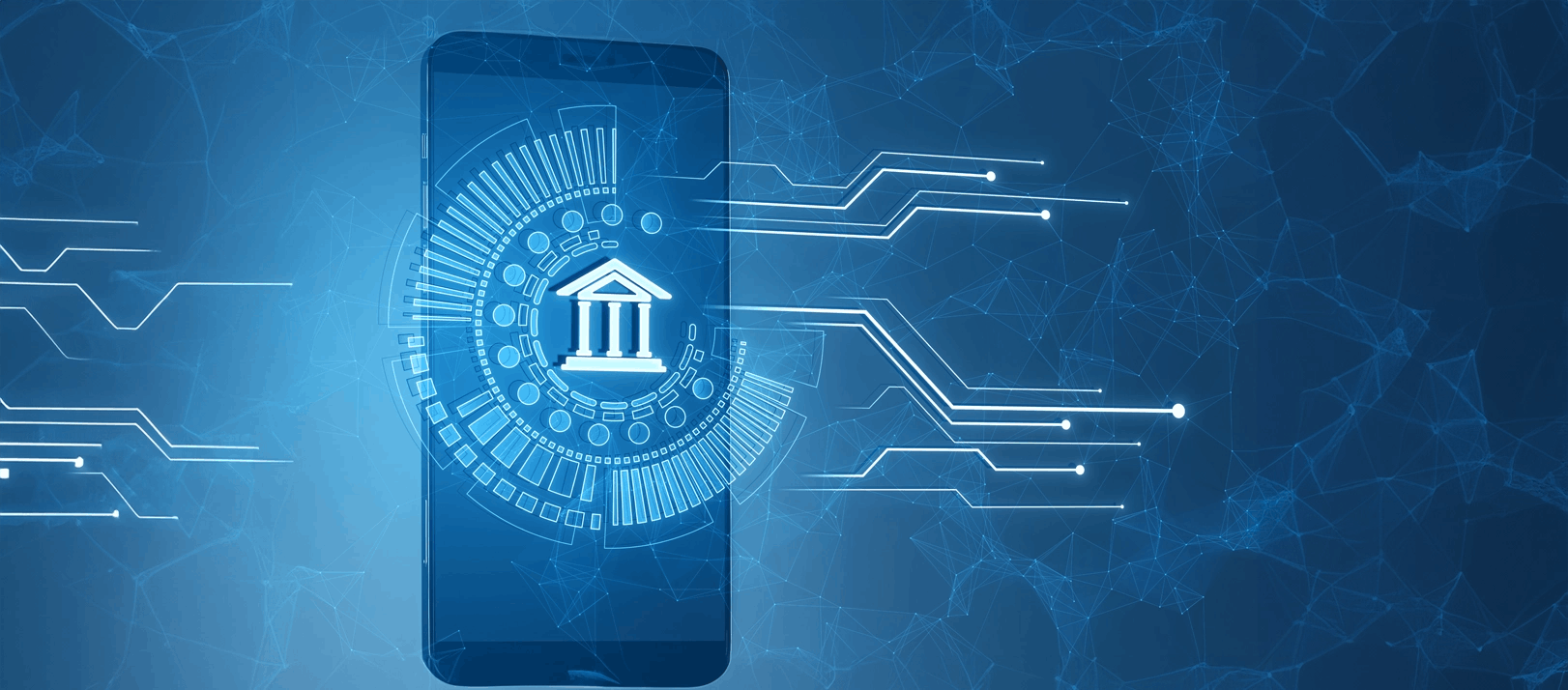
,
TL;DR
- AI Transforms the Triple Constraint: AI in digital payments speeds things up with smart routing, makes things safer with adaptive fraud detection, and makes the customer experience better by making things easier and more personal.
- Real-Time Processing is Key: Real-time risk rating and payment processing are made possible by machine learning, which increases approval rates and reduces payment delay.
- Security is Adaptive: AI models offer better ways to keep payments safe since they are always learning about new ways that fraud happens and using technologies like biometric authentication.
- Experience Drives Loyalty: Generative AI in payments makes personalized checkouts and rapid customer service possible, which makes things easier for customers and keeps them coming back.
- Next Step is Agentic AI: In the future, agentic AI will handle payments and automate complicated back-office operations like compliance and reconciliation, which will cut costs and mistakes even more.
Introduction
If you are a fintech executive or a payment industry decision-maker, you know the pressure is immense. Every millisecond matters, and every transaction needs to be completely safe. But older payment systems are sometimes clunky, cost a lot to keep running, and have trouble keeping up with new ways that criminals use to steal money. Missed chances because of false declines and lost money because of real fraud are no longer merely costs; they are big challenges to the market's usefulness. The solution lies in a technology that can analyze massive datasets, adapt in real-time, and personalize every interaction: AI in digital payments.
Artificial intelligence is the primary force behind the transformation of global transaction processing, not only an add-on. This article explains how using advanced machine learning and generative AI in payments makes transactions faster, makes them safer against new threats, and gives customers the smooth, personalized experience they want. Maintaining a competitive edge in the rapidly changing AI payments sector requires an understanding of these fundamental skills.
The Triple Threat of AI: Speed, Security, and CX
AI in payment processing changes the usual trade-offs between speed, security, and customer service in a big way. In the past, stricter security meant slower processing and more problems for the client. But AI makes it possible to improve all three at the same time.
1. Accelerating Transactions with Real-Time Processing
The shift toward processing payments in real time requires infrastructure that can quickly verify, route, and settle cash. AI gives you the information you need. Machine learning algorithms look at past data to find the best routes that avoid bottlenecks and cut down on latency.
- Intelligent Routing: For every transaction, whether it's a domestic or cross-border payment, algorithms choose the fastest and cheapest payment rail. This improvement makes sure that settlements happen almost instantly, which is very important for modern e-commerce and processing payments in real time.
- Fraud Vetting in Milliseconds: AI-driven models do full risk rating throughout the transaction authorization process, unlike rule-based solutions that cause delays. This lets real transactions go through quickly while flagging questionable ones right away, which cuts down on false declines and speeds up real payments.

This faster speed directly leads to more working capital for businesses and a smoother checkout process for customers.
2. Fortifying Defenses with AI Payments Fraud Detection
Fraud is getting harder to catch, and AI is the only tool that can keep up. AI Payments Fraud Detection looks for trends in thousands of data points, like geolocation, device ID, and historical purchasing habits, using models that continuously learning. These patterns are not evident to human analysts or earlier rule-based engines.
- Behavioral Biometrics: AI looks at more than just what the buyer bought; it also looks at how they acted during the sale. This includes how fast they type, how they move the mouse, and even how they subtly utilize a mobile app. This behavioral signature is a powerful layer of payment security solutions.
- Adaptive Machine Learning: Fraudsters frequently alter their strategies. Artificial intelligence models automatically retrain themselves on novel fraud behaviors, offering a proactive, continuously updated defense. It is essential for defending against coordinated, large-scale attacks and is a fundamental component of contemporary financial security.
- Biometric Authentication: AI combined with voice and biometric authentication in payments creates a seamless yet nearly unbreakable layer of identity verification that greatly lowers the risk of account takeover fraud.
The outcome is a safer ecosystem where the number of successful fraud attempts drops sharply, saving businesses a lot of money and keeping customers' trust.
Read more: How AI Agent Automates Fraud Detection?
3. Elevating the Customer Experience (CX)
The payment experience itself is a big difference maker in the competitive world of digital banking. AI changes the payment process from something you have to do to something you enjoy.
- Hyper-Personalization: When a customer checks out, AI considers their past to recommend the best financing and payment options. Conversion rates are increased, and the buyer feels understood when you provide this degree of personalization.
- Frictionless Support: Chatbots and virtual assistants with AI capabilities are on hand around-the-clock to assist with payment-related queries, issues, and disputes, which reduces contact center traffic and expedites response times. Gen AI in payments is now powering sophisticated conversational interfaces that can handle complex inquiries, going beyond simple FAQs.
- Reducing False Declines: False declines, when a real transaction is flagged as fraudulent, are a major source of lost income and unhappy customers. AI in payment processing models are finely designed to tell the difference between real problems and real fraud. This means that good customers are more likely to get accepted, which makes them happy and keeps them coming back.
By predicting client preferences and streamlining payment processes, artificial intelligence (AI) solutions increase customer engagement and foster enduring loyalty.
Implementing AI: The Path to Modern Payment Systems
AI integration into banking and payments is not merely a technical advancement; it is a calculated move. It requires a well-defined strategy that emphasizes model governance, data quality, and rule compliance.
Data Readiness and Model Training
The quality and amount of data are the only things that affect how well an AI system works. Companies need to combine transaction data, client profiles, and old fraud logs into a single, safe platform. The machine learning models depend on this data.
- Real-Time Transaction Monitoring: AI needs to be built in so that it can handle data feeds as they come in. This makes it possible to analyze risk and make decisions in real time, which is what sets high-performance payment systems apart.
- Model Explainability: Regulatory bodies (and internal auditors) want things to be clear. Payment service providers need to make sure that their AI models can explain why a transaction was allowed, denied, or flagged. This makes sure that you follow the money rules and builds trust.
The Role of Agentic AI in Payment Operations
Agentic AI in payments, which are self-driving AI systems that can do complicated tasks with little help from people, is starting to change the way back-office work is done.
- Payment Reconciliation: AI transaction monitoring agents can automatically match up complicated cross-border payments, highlight differences, and handle disputes automatically, saving thousands of hours of work.
- Regulatory Compliance: Agentic AI can keep an eye on new Regulatory Compliance updates and automatically change the payment system's compliance rules to make sure they always meet standards like PSD2 or local anti-money laundering (AML) legislation.
Read more: Agentic AI Terminology Explained: Frameworks, Workflows, Studios, and More
Conclusion
The world of digital payments is now governed by three rules: they need to be more personal, safer, and faster. This need just cannot be met by traditional systems. The strategic adoption of AI in digital payments is the only viable path forward for any organization serious about modernizing its financial infrastructure and maintaining customer trust. AI is the engine of the next generation of finance. It can do things like make real-time payment processing better, come up with strong payment security solutions, and use Generative AI in payments to give customers better support. It's time to look at things now.
Want to see how smart payment solutions may change the way you do business, boost conversion rates, and cut down on fraud losses? Connect with our team of experts at Codiste and learn more about AI-driven payment optimization



Top Industries Benefiting from AI Voice Assistants in Customer Service
Know more
Building a Compliance-First Neobank: Tech Stack, AI Models, and Regulatory Architecture
Know more
